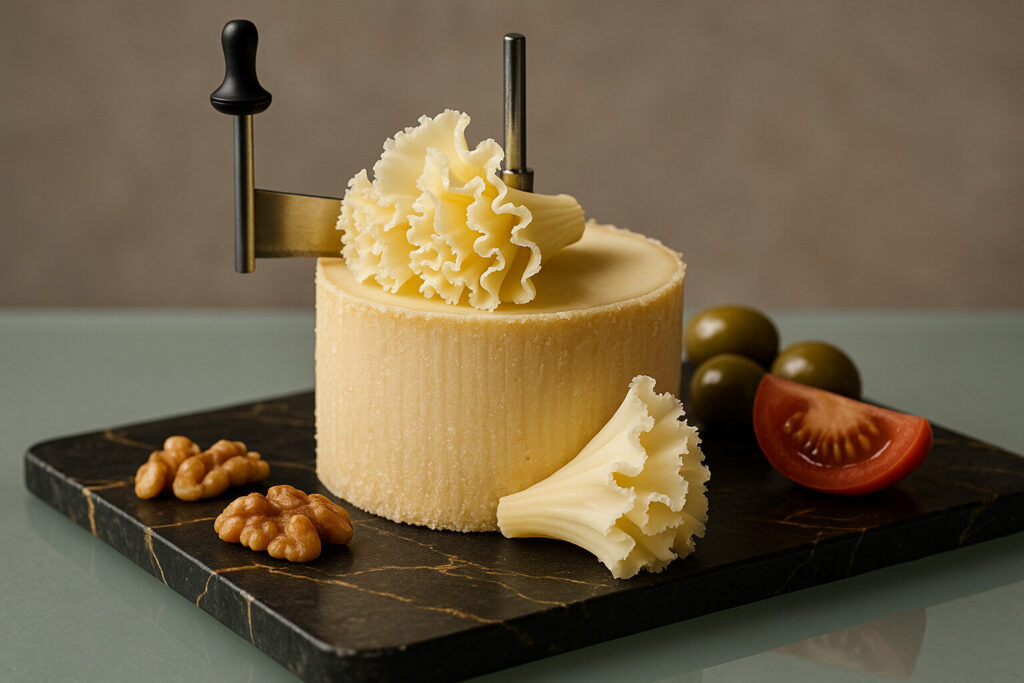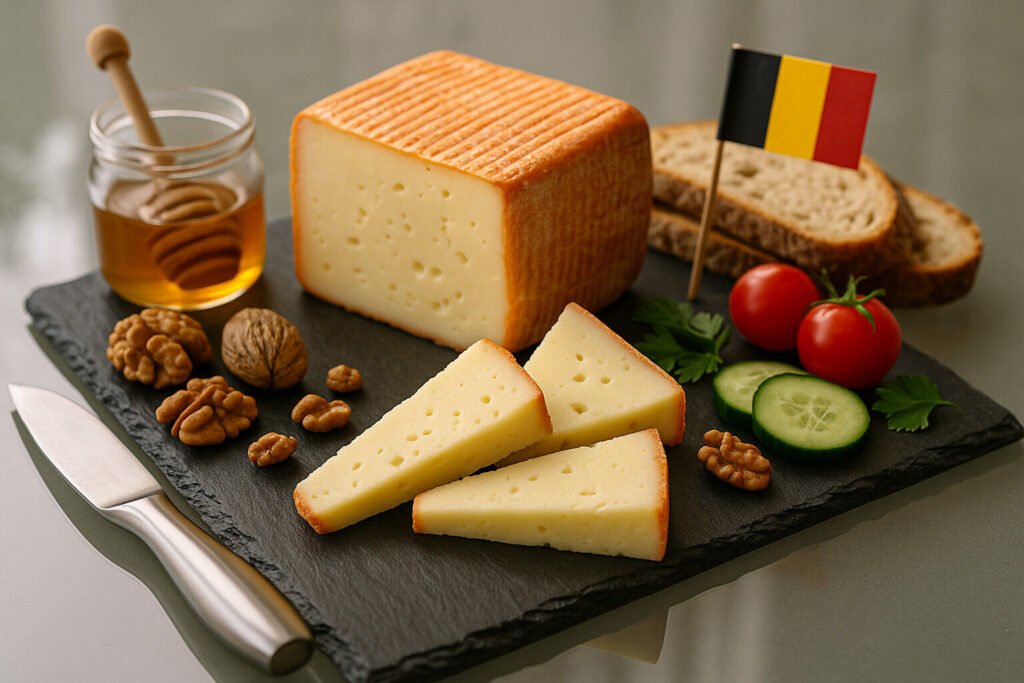Trappist Ale Pairing Cheese
Definition and Scope
Trappist ale pairing involves matching monastic-brewed ales with complementary cheeses. These pairings focus on beers produced within Trappist monasteries under strict production guidelines. The scope includes traditional Belgian varieties like Dubbel, Tripel, and Quadrupel styles. Each style interacts differently with cheese based on alcohol content, carbonation, and flavor intensity.
This discipline examines how Trappist ale characteristics enhance or contrast cheese properties. Key considerations include beer bitterness, malt sweetness, and yeast-derived esters. The practice extends beyond simple flavor matching to texture interactions and aromatic synergies. Proper pairings create balanced experiences where neither component dominates.
Production Methods
Authentic Trappist ales undergo bottle conditioning with live yeast. This secondary fermentation creates natural carbonation and complex flavor development. Monastic breweries follow centuries-old recipes using specific malt bills and hop varieties. The extended maturation periods allow flavor compounds to integrate fully.
Traditional production employs top-fermenting yeast strains at controlled temperatures. These yeasts produce characteristic fruity esters and spicy phenols during fermentation. Many Trappist breweries use candi sugar to achieve higher alcohol content without excessive sweetness. The resulting beers possess remarkable aging potential and flavor stability.
Sensory Profile
Trappist ales present complex aromatic profiles featuring dark fruit, spice, and caramel notes. Dubbels exhibit raisin and plum characteristics with moderate alcohol warmth. Tripels display citrus and coriander aromas with crisp, dry finishes. All styles maintain distinctive yeast-driven complexity throughout the tasting experience.
Mouthfeel varies from medium-bodied Dubbels to effervescent Tripels. Alcohol content ranges from 6% to over 10% ABV across different styles. Bitterness levels remain moderate despite significant malt presence. The finish typically balances residual sweetness with cleansing carbonation.
Pairing Applications
Trappist Dubbels complement semi-soft washed-rind cheeses like Chimay Grand Cru. The beer’s caramel notes enhance the cheese’s savory umami characteristics. Carbonation cuts through rich textures while alcohol cleanses the palate. This pairing demonstrates how malt-forward beers balance pungent cheese flavors.
Tripels create excellent contrasts with aged Gouda or Parmigiano-Reggiano. The beer’s citrus notes brighten the cheese’s crystalline texture and salty notes. Higher carbonation scrubs fat from the palate effectively. These pairings showcase how crisp beers can elevate hard cheese experiences.
Regional Examples
Westmalle Tripel pairs exceptionally with Belgian Chimay cheese. Both products originate from the same monastic tradition and share complementary flavor development. The beer’s peppery notes accentuate the cheese’s nutty characteristics. This represents a classic terroir-based pairing from the same geographic region.
Rochefort 10 finds perfect harmony with French Roquefort blue cheese. The ale’s rich malt backbone stands up to the cheese’s intense saltiness and mold complexity. Dark fruit flavors intermingle with blue cheese pungency creating layered sensations. This cross-border pairing demonstrates how strong ales complement powerful cheeses.


